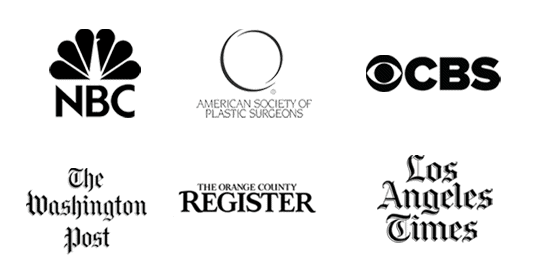


Download Our Surgical Team’s free Liposuction eBook
Gynecomastia is a condition of enlarged breasts and undesirable contour changes in men, making the male chest more feminine appearing. Gynecomastia surgery scars likely to develop after the surgery when left unattended.
Gynecomastia surgery is a procedure to remove unwanted excess breast tissue and fat in men, giving them a more masculine appearance. More and more men are having it done at younger ages.
Gynecomastia Surgery Scars
This can be performed by either VASER liposuction to the male chest to remove excess fat and/or surgically removing excess breast tissue. Both techniques require small incisions below the areola and can leave minimal gynecomastia surgery scars.
If a patient has predominantly excess fat in the chest, the VASER liposuction technique can be used alone. A small incision will be made below the areola to allow the liposuction cannula to be placed, to emulsify and breakdown the fat, and remove it via suction.
The small ½ cm incisions for liposuction gynecomastia surgery are closed using a thin absorbable 5-0 plain gut suture for external closure, allowing for a seamless surgical scar. Over the top of the incision line, steri-strips are applied giving additional strength and to eliminate the traditional “hash-mark” scars. The steri-strips are usually removed approximately two to four weeks post-op. These tiny gynecomastia surgery scars are negligible and eventually fade over time.
If a patient has excess glandular breast tissue, then an excision, or removal of breast tissue, must be performed. This is done by making a small 1-2 cm incision below the male areola. This technique allows the surgeon to access the breast tissue and surgically remove the tissue from the chest.
The incision is closed using an absorbable 5-0 PDS suture for deeper closer using simple interrupted suture and a running subcutaneous absorbable 5-0 plain gut suture for more superficial closure.
Similarly, steri-strips are placed over the incision site to give additional strength and eliminate the external ugly hash-mark scarring. This type of closure allows for minimal gynecomastia surgery scars.
Occasionally, a liposuction and excision combination technique may be needed. If you consult with a board-certified plastic surgeon, your options will be discussed, and the best procedure for you will be determined. At that time, your surgeon will discuss gynecomastia surgery scarring, what to expect, and how to reduce your chances of scarring.
In addition to small incisions and absorbable sutures, other precautions are taken to minimize gynecomastia surgery scars. Tension on incisions equates to scarring, so it is imperative that tension is minimized. Swelling postoperatively is minimized by placing the patient in a compression garment that is worn constantly.
The pressure garment reduces swelling and keeps the tissues compressed so the incision sites do not stretch and widen, decreasing the patient’s potential for scarring. It is imperative to minimize swelling. In addition to compression garments, Medrol dosepak is given to patients to decrease inflammation and thus decreasing incision scarring.
At postoperative week four, once the steri-strips have been removed, silicone sheets by Silagen are used for scar management for approximately one month. After one month, topical silicone gel can be used up to six months if needed.
In the interim, after the patient is two months post-operative, intense pulsed light (IPL) can be used for any remaining hyperpigmentation at the incision site. The IPL is a light therapy that is absorbed by the hyperpigmentation and used as heat to diminish unwanted pigment. Many steps are taken to ensure and minimize gynecomastia surgery scars.
Schedule your complimentary consultation today with Our Surgical Team, a board-certified plastic surgeon, to discuss your gynecomastia treatment options.
This is a young male 3 months after his male breast surgery that shows amazing results with no scarring.


